Carl Zeiss Jena Asiola
| Als transportables Fernrohr zur Natur- oder Scheibenbeobachtung wurde Anfang der 1930er Jahren von Zeiss das Asiola mit Porro-II-Prismensystem und 60mm Luftspalt-Objektiv herausgebracht. Es wurde zunächst (s. Prospekt 1932) mit festen Okularen eingeführt: entweder einem 42x (Asiola) oder einem 24x Okular (Asito). Später (s. Katalog 1937) gab es das Asiola mit Wechselchokular für eine oder beide Vergrößerungen - auch Wunsch auch noch mit festem Okular. Der dreifach verschraubte Gehäusedeckel ist zuerst mit "Asiola 42x60", der Seriennummer und dem Zeiss-Linsenlogo gekennzeichnet, später ohne optische Spezifikationen mit "Asiola" usw. | As a handy telescope Zeiss introduced the Asiola in the 1930s for nature or target observation. It had a Porro 2 system and a 60mm air-spaced objective lens. First, it was introiduce with a fixed eyepiece (cf. 1932 brochure): either a 42x (Asiola) or a 24x ocular (Asito). Later (cf. catalogue 1937) the Asiola came with interchangeable eyepieces for one or both magnifications - when ordered still with fixed eyepiece. The cover plate with three screws is marked "Asiola 42x60", the serial number and the Zeiss lens logo on the first model series, later insscribed without optical specifications, only wiht "Asiola" etc. |
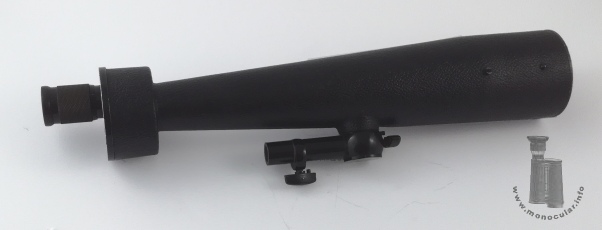
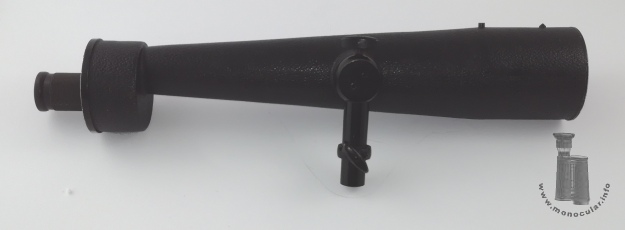
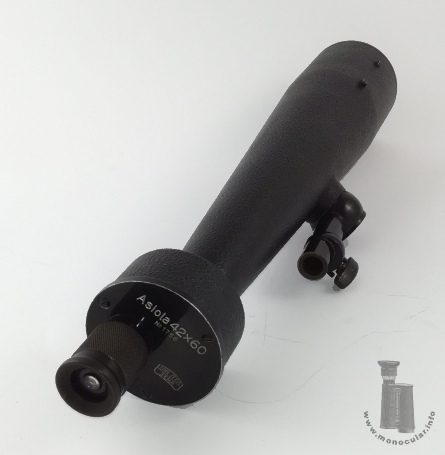
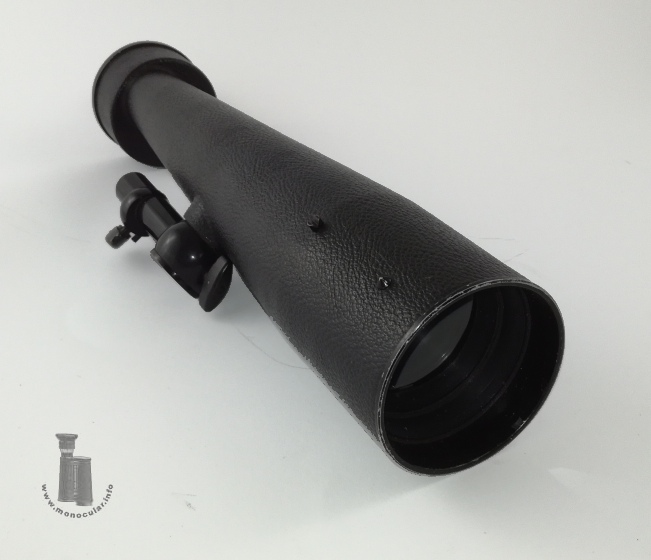
| Die hier abgebildeten Modelle haben die Seriennummern 1756 mit festem 42er Okular, 2508 und 3109 mit je einem 24x und einem 42x Okular. Die bekannten frühen Versionen mit 42x Okular liegen im Nummernbereich 1750-1850, die Wechselokular-Versionen im Bereich von 1850 bis bislang 3110. Modelle mit festem 24x-Okular und entsprechender Beschriftung sind mir nicht bekannt. Wie beim "Starmor" ist seitlich eine Stativhalterung montiert, die sich schwenken lässt und mit 2 Flügelschrauben justiert wird. |
The specimen here have S/N 1756 with a fixed 42x ocular, 2508 and 3109, each with a 24x as well as a 42x ocular.
The known early versions with a 42x eyepiece have serail numbers betwenn 1750 and 1850, the inerchangeable ocualr versions have numbers between 1850 and 3110 up to now (2022). Models with a fixed 24x eyepiece and amatching inscription are not known to me. The scope had a tripod mount attached at its side like the "Starmor". The mount can be swung back and can be fixed with two wing screws. |
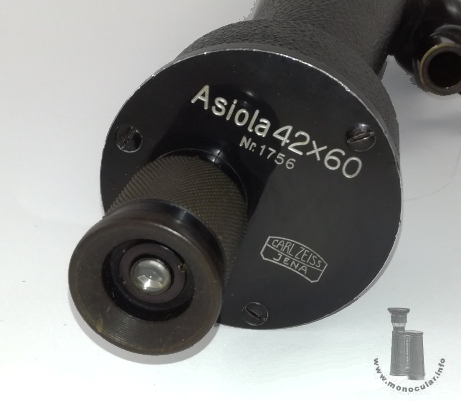
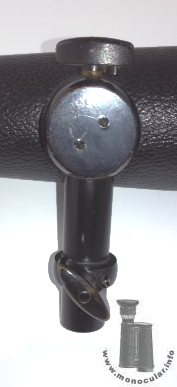


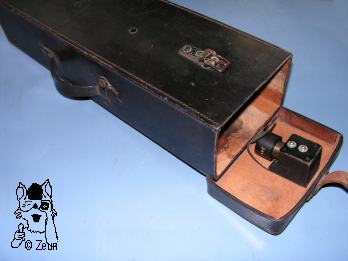
| Das Asiola ist aus Aluminium mit einer Rauhlackummantelung. Es hat eine Visiereinrichtung. Die Fokussierung geschieht am Okular oder am Okulartubus, in den Okulare eingeschraubt werden können. Im Deckel der 1,630 kg schweren Ledertransportasche konnte das Zweitokular verstaut werden. Auch das 590g schwere Tischstativ mit Haltedorn fand Platz in der Ledertragetasche. | The Asiola was made of aluminium with a crinkle paint covering. It had bead and notch. Focusing was done with a turnable eyepiece or ocular tube into which the eyepieces were pushed. The extra ocular was stored in the lid of the carrying case weighing 1.630 kg. A 590 g table tripod with a attachment rod was also stored in the case. |
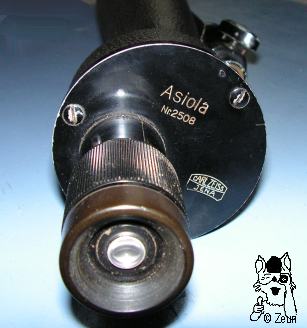
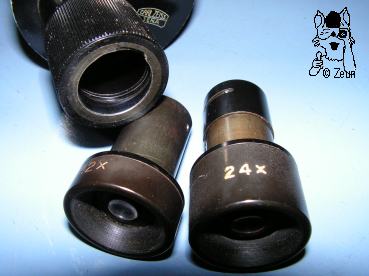
| Das Asiola selbst wiegt 1177g und ist 45 bis 47,5cm lang. Das Fokussierungstück de sokulars hat einen Durchmesser von 35mm, die 43mm hohe Prismendose von 78mm. Der konische Tubus verbreitert sich von 42mm bis zu 79,5mm. Die Objektivlinse ist um ca. 46mm in den Tubus zurückversetzt. Die Stativmontierung ist ca. 10,5cm lang und für ein 13,5mm Stativzapfen ausgelegt. | The Asiola itself weighs 1177g and measures 45 to 47.5 cm in length. The focusing part of the ocular has a diameter of 35mm, the 43mm tall prism dose has a diameter of 78mm. The conical tube starts with 42mm in diameter, and widens to 79.5mm in diameter. The objective lens is recessed by about 46mm into the tube. The tripod mount is 10.5mm long, taking in a 13.5mm rod. |
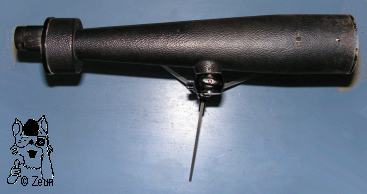
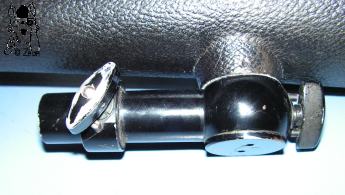
| Nach dem 2. Weltkrieg wurde das Asiola von Zeiss Jena in der DDR weiter produziert. | After WWII the Asiola was continued by Zeiss Jena in the East-Germany. |
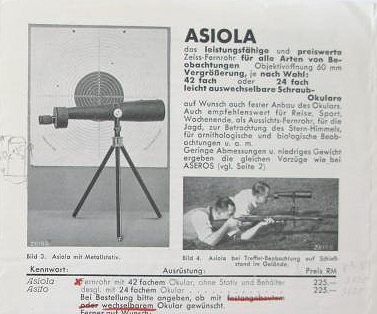
Fotos: Zeun; Ebay

